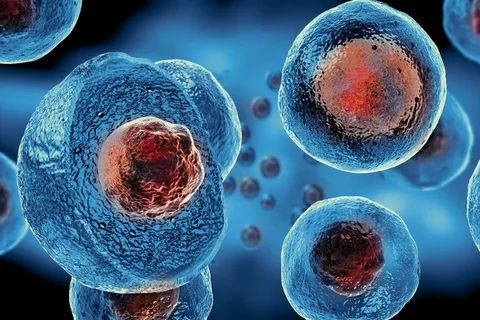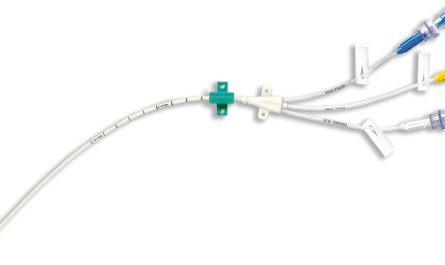Stem cells hold tremendous promise for regenerative medicine and fighting diseases. However, to fully unlock their therapeutic potential, we must gain a deeper understanding of their biology. Stem cell assays are a set of experimental techniques that allow scientists to study stem cells and how they function. Through these assays, researchers are learning more about stem cell biology and its role in development, aging, and disease.
Multiple types of stem cell assays
There are various types of stem cell assays that serve different purposes:
Identification assays
One of the fundamental tasks is correctly identifying stem cells from other cell types. Identification assays allow researchers to characterize marker proteins on the cell surface that are unique to stem cells. Techniques like fluorescence-activated cell sorting (FACS) analyze patterns of marker expression to distinguish stem cells. Proper identification is crucial before conducting other assays.
Proliferation assays
Stem cells have the unique ability to self-renew through cell division. Proliferation assays measure how quickly stem cells can divide and multiply. Common methods include colorimetric assays that count live cells over several days, and colony formation assays where single stem cells form groups of daughter cells called colonies. These assays provide insight into stem cell turnover and replenishment capabilities.
Differentiation assays
Another hallmark property of stem cells is their potential to generate other specialized cell types through differentiation. In differentiation assays, scientists expose stem cells to specific growth factors and conditions to coax them toward different lineages like neurons, heart muscles cells, or bone. Analyzing changes in marker expression confirms successful differentiation. These assays demonstrate stem cell multipotency.
Transplantation assays
The ultimate test of stem cell function is their ability to generate new tissues and restore injury or disease after transplantation. In mice models of diseases, researchers transplant fluorescently labeled stem cells into damaged organs and track whether they engraft, survive, and aid repair over time. Such assays are crucial for developing stem cell therapies.
Understanding development through stem cell assay
Studying embryonic stem cells with the above assays has given incredible insights into animal development:
Embryonic stem cell differentiation assays revealed sequential expression of transcription factors that guide three germ layers to form all embryonic tissues. This provided the first glimpse of how a single cell can generate an entire organism.
By perturbing key developmental signaling pathways in cultured embryonic stem cells, scientists discovered essential molecules like BMP, Wnt and TGF-beta that control cell fate decisions during embryogenesis. Today, we know these pathways orchestrate complex patterns of organ formation.
Transplanting fluorescent embryonic stem cells into mouse blastocysts showed they can colonize multiple tissues, establishing them as the source of all mature cell types. This convinced the scientific community that embryonic stem cells were true pluripotent stem cells.
Deciphering aging and disease pathogenesis
With induced pluripotent stem cell technology, scientists can now generate patient-specific stem cells. Comparing iPSCs from healthy and diseased individuals through stem cell assays is unraveling mechanisms of aging and disease:
Neuronal differentiation of ALS patient iPSCs found mutations in SOD1 gene disrupt motor neuron maturation, providing insights into motor neuron degeneration in ALS.
Heart muscle cells derived from CHD patient iPSCs showed mutations in sarcomere genes alter calcium signaling, a likely basis for contractile defects seen in genetic forms of heart disease.
Studying iPSCs from progeria syndrome uncovered factors like lamin A involved in maintaining genomic integrity and cellular lifespan. This advanced our understanding of accelerated aging disorders.
Stem cells assays are thus enabling discovery of novel drug targets and cell replacement therapies. For example, screening drug compounds that rescue defects in diseased iPSC-derived cells can identify new molecules to test in clinical trials.
The future of stem cell research
With continuous refinement of stem cell assay techniques, our ability to probe fundamental questions in developmental biology, regenerative medicine, and personalized medicine will greatly accelerate. Looking ahead:
– Organoid technology using 3D cultures will allow generating mini organs from stem cells for high-throughput preclinical drug screening.
– Single-cell assays examining thousands of cells simultaneously will uncover rare cell states and heterogeneity during development, aging, and disease progression.
– Integrating stem cell assays with genome editing, RNA sequencing will help dissect gene regulatory networks governing cell identity and fate decisions.



